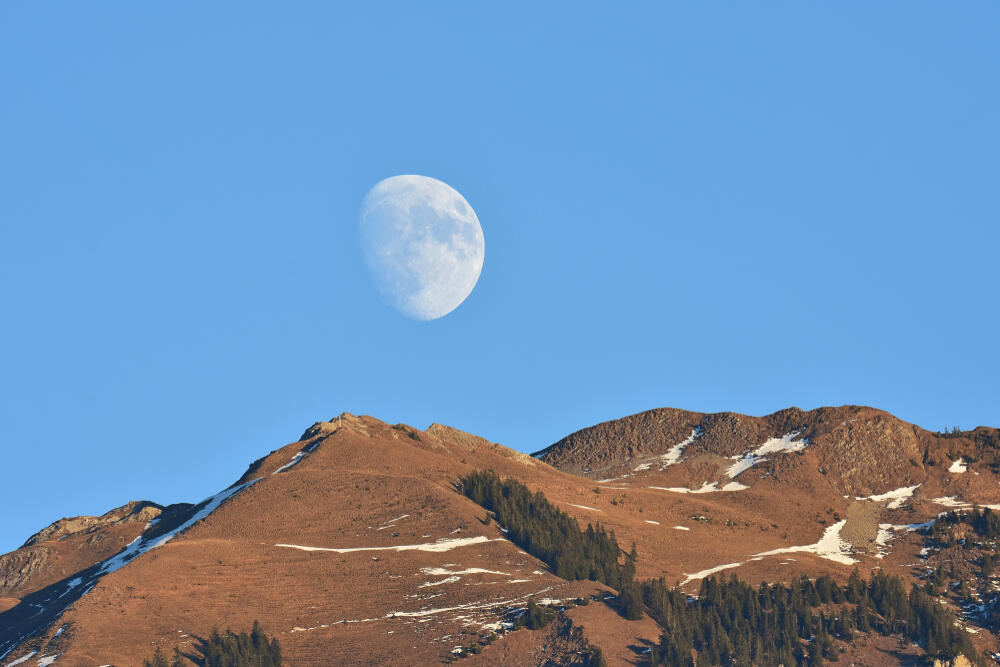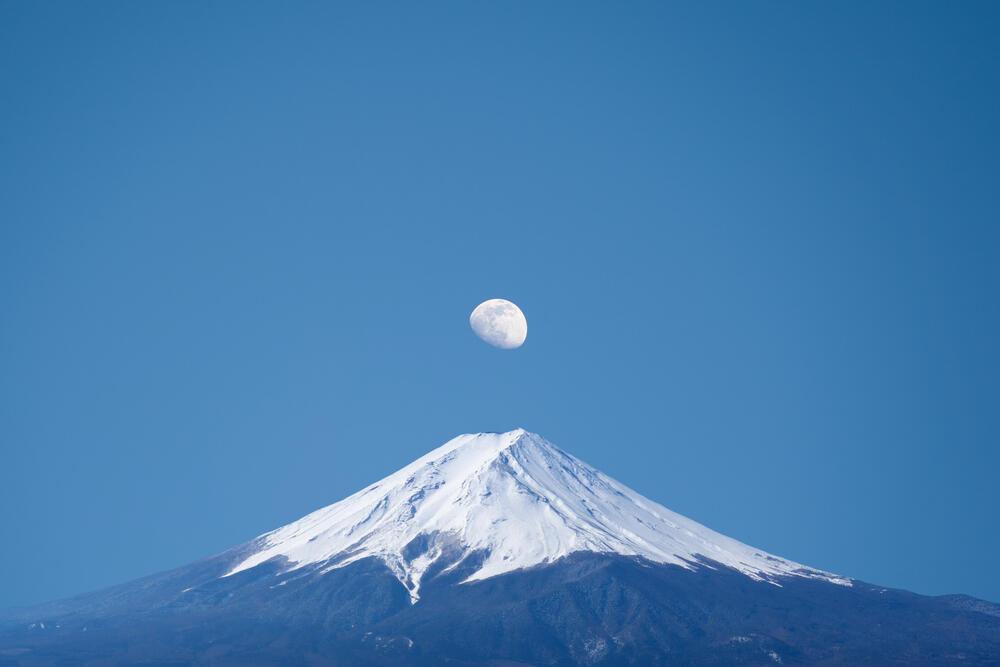Getting your Trinity Audio player ready...
Imagine the thrill of a full moon night—now picture that celestial wonder appearing in broad daylight. Occasionally, the moon graces the daytime sky for the same reason it captivates us at night: It reflects sunlight, and its proximity to Earth renders it brighter than the sky's backdrop.
Following the sun, the moon is undeniably the brightest celestial body visible to us, yet it's not always apparent during the day. Earth's atmosphere and the moon's orbit play a role in this. Without our atmosphere, we'd see the moon constantly. Gas particles in the atmosphere, primarily nitrogen and oxygen, scatter short-wavelength light like blue and violet, giving the sky its hue.
Prof. Iair Arcavi, an astrophysicist from Tel Aviv University's Raymond and Beverly Sackler Faculty of Exact Sciences, explains, "For the moon to be visible during the day, it must outshine the scattered sunlight." Astronomers use surface brightness to quantify the apparent brightness of celestial objects, such as galaxies or nebulae, by measuring the light they emit across an area in the night sky, as seen from Earth.
Since the moon is closer to us than stars, its surface brightness surpasses that of the sky, allowing us to see it even in daylight.
"The moon graces the sky for about half the day. Sometimes this duration overlaps with daylight hours, so the diffused sunlight can overpower the moonlight, rendering it invisible. For the moon to stand out against daylight, a significant portion must be illuminated. The moon is brightest during a full moon, except when it's exactly opposite the sun—rising as the sun sets and vice versa. Thus, the prime time to witness the moon and sun together in the sky is just before or after a full moon," Dr. Arcavi adds.
However, the moon's daytime visibility is also influenced by other factors, such as seasons and sky brightness on a given day. The moon stays above the horizon for 12 hours daily, but its appearance may not always coincide with daylight. In winter, with shorter days at mid-latitudes, there's less daytime to spot the moon. Hence, the best times to see the moon in daylight are during the first quarter (a week after the new moon) and the third quarter (a week after the full moon). These phases offer the longest periods of simultaneous visibility with the sun, averaging five to six hours a day.
"Moreover, when the moon is near the horizon, an optical illusion occurs, making it seem larger than when high in the sky. The moon is in the daytime sky almost as long as at night but is visible only when opposite the sun, reflecting its light. A week after the new moon, you can see it in the eastern sky before sunset, while a week after the full moon, it appears in the western sky, setting after sunrise," Dr. Arcavi explains. "In winter, as days shorten, the window for daytime moon viewing also shrinks. If there's heavy cloud cover, it can obscure the moon, preventing daytime observation."



